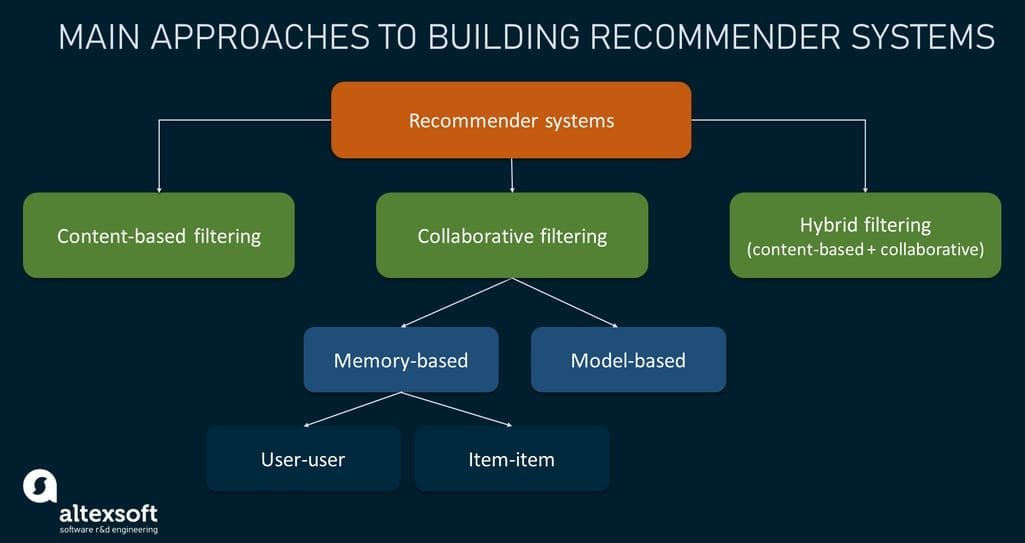Introduction
Definition of Recommendation Systems
Recommendation systems are sophisticated tools designed to analyze user behaviors, preferences, and interactions with various products or content. By leveraging vast amounts of data, these systems provide personalized suggestions that enhance user engagement and satisfaction. They are pivotal in shaping the experiences on platforms like Netflix, Amazon, and Spotify, where each recommendation can significantly influence user retention and purchase decisions.
Role of Personalization in User Experience
Personalization plays a fundamental role in creating an enriching user experience. When users feel a connection with the content presented to them, it fosters loyalty and encourages more extensive exploration. For instance, when binge-watching a show on Netflix, have you ever noticed how the platform seems to know exactly what you want to watch next? This is the magic of personalized recommendations at work.
The benefits of personalization include:
- Increased User Engagement: Users are more likely to spend time on a platform that understands their preferences.
- Higher Conversion Rates: Personalized suggestions lead to better purchase decisions.
- Enhanced Satisfaction: Tailored experiences meet user expectations, resulting in positive feedback.
Ultimately, effective recommendation systems create a tailored journey that keeps users coming back for more, highlighting the importance of personalization in today’s digital landscape.
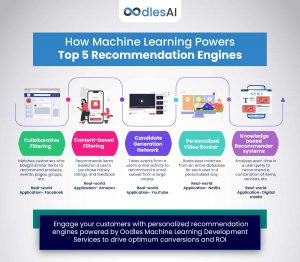
Types of Recommendation Systems
Collaborative Filtering
Collaborative filtering is among the most popular types of recommendation systems, and it operates based on the principle that users who agreed in the past will agree in the future. Imagine you’re browsing a music streaming service: if a group of listeners enjoys a particular artist, chances are you’ll appreciate similar artists as well. This method combines user data and interactions, allowing the system to suggest options based on collective preferences.
Key features of collaborative filtering include:
- User-User Filtering: Recommendations based on users with similar tastes.
- Item-Item Filtering: Suggestions based on items that have similar ratings.
Content-Based Filtering
In contrast, content-based filtering focuses on the specifics of the items themselves. If you’ve ever received recommendations based on movies with the same genre or director, you’ve experienced content-based filtering. This approach analyzes item attributes, making it particularly effective for recommending items with similar characteristics.
Essential aspects include:
- Item Attributes: Recommendations derived from descriptions, keywords, or features.
- User Profile: A focused assessment of a user’s past preferences.
Hybrid Recommender Systems
To harness the strengths of both methods, hybrid recommender systems combine collaborative and content-based filtering. This provides a balanced approach, leading to more accurate and diverse recommendations. Platforms like Netflix often employ this technique to deliver tailored suggestions that resonate with users on multiple levels.
The best of both worlds fosters:
- Improved Accuracy: Reduced reliance on a single method enhances prediction capabilities.
- Robustness: Increased resilience to common problems, such as cold starts or data sparsity.
As these systems evolve, understanding their types becomes vital in harnessing their full potential.
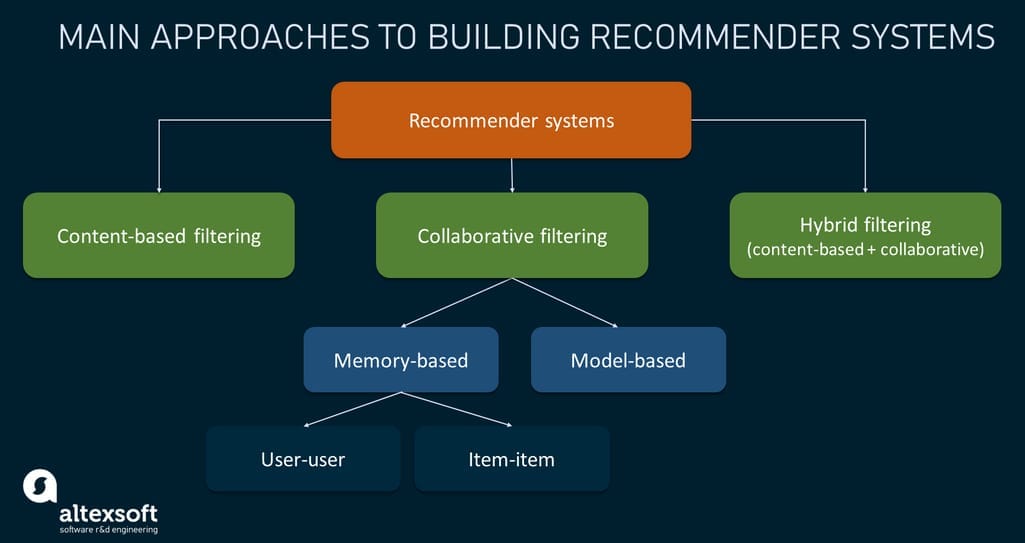
Machine Learning Algorithms for Recommendations
Logistic Regression
Logistic regression is often one of the first algorithms to consider when diving into recommendation systems, especially for binary classification tasks, like predicting whether a user will like a product or not. It’s simple yet effective; think of it as a trusty tool in your recommendation toolbox. For example, if you were to recommend a movie, logistic regression could analyze past ratings to predict if a user would enjoy a new release.
Key advantages of logistic regression include:
- Simplicity: Easy to implement and interpret.
- Speed: Works well with larger datasets, offering quick predictions.
Matrix Factorization
Matrix factorization techniques, such as Singular Value Decomposition (SVD), revolutionized recommendation systems by addressing the sparsity of user-item interactions. By decomposing the user-item interaction matrix into lower-dimensional matrices, it discovers latent factors that explain user preferences. This method is particularly powerful; for instance, when Netflix analyzes user ratings, it can reveal hidden patterns in viewing habits.
Benefits of matrix factorization:
- Enhanced Accuracy: Captures deep user-product correlations.
- Reduced Dimensions: Simplifies the dataset, making computations efficient.
Neural Networks
Finally, neural networks bring a more sophisticated approach with their ability to model complex relationships. By utilizing deep learning, recommendation systems can identify intricate patterns in user behavior. Imagine a music recommendation service suggesting tracks based on a listener’s emotional response to various songs—neural networks can facilitate this level of predictive modeling.
Benefits of neural networks:
- Handling Non-linearity: Effective in capturing complex relationships.
- Scalability: Adapts well to large datasets, improving prediction quality over time.
Incorporating these algorithms effectively can significantly enhance the customization and relevance of recommendations, leading to a more satisfying user experience.

Data Collection and Processing
User Behavior Tracking
Data collection is the backbone of effective recommendation systems, and one of the most critical components is user behavior tracking. By meticulously monitoring how users interact with content—such as clicks, views, and ratings—platforms can build a wealth of insights. For instance, when you binge-watch a series, streaming platforms note which episodes you watched and when, helping to refine future suggestions.
Key methods of user behavior tracking include:
- Clickstream Analysis: Monitoring the user’s journey through a platform.
- Surveys and Feedback: Actively gathering user opinions to adjust recommendations.
Feature Engineering
Once data is collected, the next step is feature engineering—transforming raw data into meaningful inputs for algorithms. This involves identifying the most relevant attributes that define user preferences. For example, when recommending books, the genre, author, and even reader reviews can become significant features.
Essential techniques for feature engineering:
- Normalization: Scaling features to ensure uniformity.
- Encoding Categorical Variables: Converting categories into numerical values for better processing.
Handling Cold Start Problem
One of the most challenging aspects of recommendation systems is the cold start problem, which occurs when there is insufficient data about new users or items. To mitigate this, platforms often use strategies such as leveraging demographic information or utilizing popularity metrics for new content.
Effective strategies include:
- User Segmentation: Classifying users based on their profiles to provide starter recommendations.
- Content Popularity: Suggesting items that have already gained traction among other users.
By mastering data collection and processing, recommendation systems can deliver highly tailored and relevant experiences, ultimately enhancing user satisfaction.
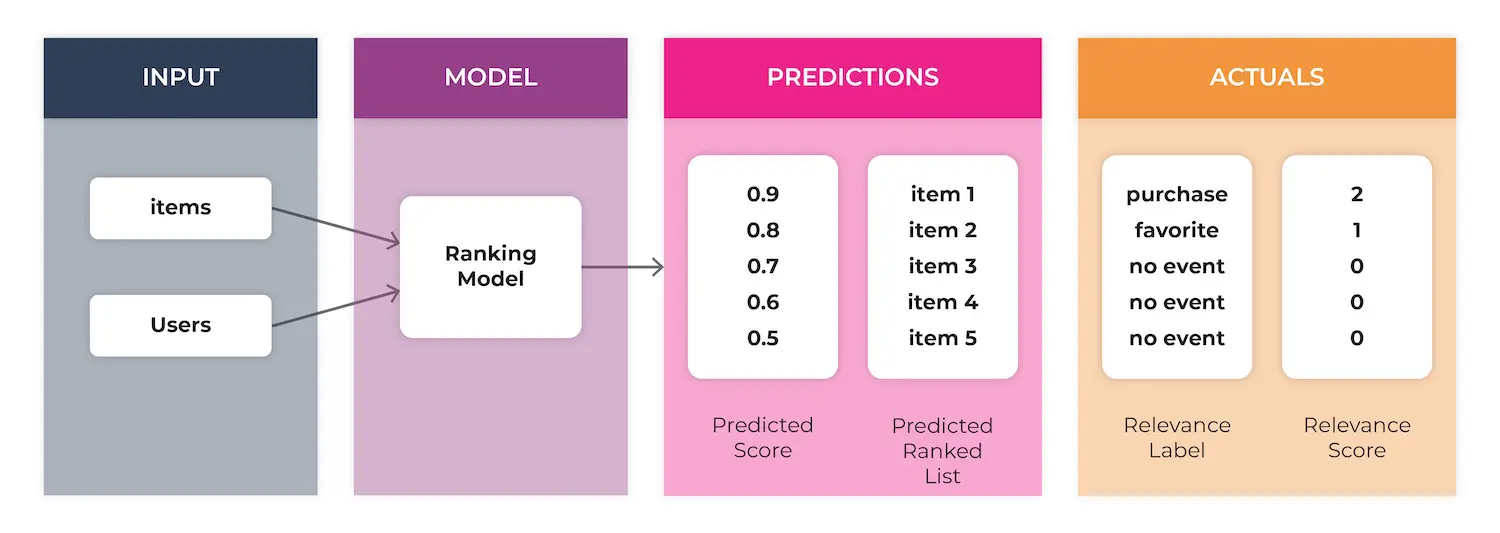
Evaluation Metrics for Recommendation Systems
Precision and Recall
Evaluating the performance of recommendation systems is crucial, and two foundational metrics in this area are precision and recall. Precision measures the proportion of recommendations that are relevant to the user. For instance, if a music app suggests ten songs and only three are actually liked by the user, the precision is 30%. It helps gauge the quality of recommendations.
Recall, on the other hand, focuses on the system’s ability to provide all relevant recommendations. If there are five songs that a user would enjoy, but only three are suggested, the recall is 60%. Balancing between these two metrics is essential for an optimal user experience.
F1 Score
The F1 Score serves as a harmonic mean of precision and recall, providing a single metric that encapsulates both. It’s particularly useful when the class distribution is skewed, ensuring that neither precision nor recall is neglected. For instance, in a recommendation scenario where users have specific tastes, a high F1 score indicates a well-rounded system—maximizing both relevant suggestions and capturing all pertinent content.
Mean Average Precision
Mean Average Precision (MAP) takes evaluation a step further by considering multiple recommendations per user. It computes the average precision for each user’s set of recommendations and then averages those values across all users. This ensures that the quality of the recommendations is assessed collectively, which is vital for platforms with extensive content.
By understanding these evaluation metrics, developers can refine and enhance their recommendation systems, ultimately delivering a better user experience.
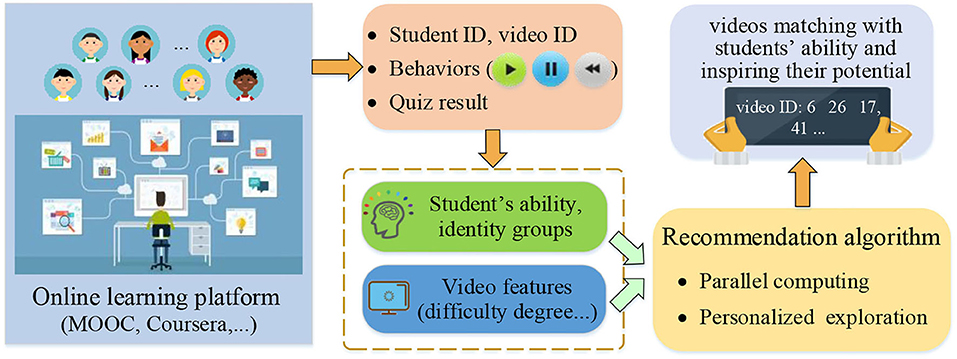
Challenges and Ethical Considerations
Filter Bubbles
As recommendation systems continue to personalize user experiences, they can unintentionally create filter bubbles—a phenomenon where users are only exposed to information that aligns with their existing beliefs or preferences. This can lead to a narrow understanding of the world. For example, if a news app only shows articles that match a user’s prior reading history, that user may miss out on diverse viewpoints essential for informed opinions.
Key implications of filter bubbles include:
- Reduced Exposure: Limiting users’ horizons and fostering ignorance.
- Echo Chambers: Reinforcing existing beliefs without challenge.
Bias in Recommendations
Bias in recommendation systems can further complicate the landscape. If the training data reflects societal biases, the algorithms can perpetuate and even amplify these biases in the recommendations they produce. This could mean that certain demographics receive fewer recommendations for certain genres or types of content, skewing their experiences.
- Algorithmic Bias: When systems favor certain user groups unintentionally.
- Content Homogeneity: Overrepresentation of popular content, sidelining niche interests.
Privacy Concerns
Lastly, privacy concerns loom large in the realm of recommendation systems. The data collected to generate personalized suggestions is often sensitive and can lead to ethical dilemmas regarding user consent and transparency. Users may be unaware of how their data is being utilized or shared, which could breach trust.
- Data Security: Protecting user data from breaches.
- Informed Consent: Ensuring users understand data usage.
Navigating these challenges and ethical considerations is vital for fostering trust and ensuring that recommendation systems work in the best interest of users while promoting a fair and informed digital environment.

Prime members who frequently explore exclusive offers, enhancing customer retention.
- Shopping History Integration: Analyzes past purchases and search patterns to generate tailored product suggestions.
Spotify Discover Weekly
Spotify’s Discover Weekly playlists showcase the power of data-driven recommendations in the music industry. This feature curates a personalized playlist each week based on listening habits, favorite genres, and songs you’ve saved in the past. For many users, discovering new music through this tailored experience has become a highlight of their week.
- Collaborative Filtering: Uses data from similar users to suggest tracks you might enjoy.
- Dynamic Updates: The playlist is refreshed weekly, ensuring new discoveries and keeping the experience fresh.
These case studies illustrate how effectively designed recommendation systems can greatly enhance user experiences across various platforms. By leveraging data and machine learning techniques, companies like Netflix, Amazon, and Spotify not only retain users but also foster deep engagement, providing a roadmap for success in the digital marketplace.

Future Trends in Personalized Recommendations
Context-Aware Recommendations
As technology advances, context-aware recommendations are poised to revolutionize the way users interact with platforms. These systems consider various situational factors, such as time of day, location, and even current activities, to provide tailored suggestions. Imagine receiving movie recommendations that change based on whether you’re relaxing at home in the evening or on your lunch break at work.
Key aspects of context-aware recommendations include:
- Real-Time Adjustments: Recommendations evolve based on immediate context.
- Enhanced Engagement: Increases relevance, leading to higher user satisfaction.
Explainable AI in Recommendations
Explainable AI (XAI) is gaining traction as users seek transparency in recommendation systems. The ability to understand why certain recommendations are made fosters trust and acceptance. For example, when Spotify suggests a new artist, a user may appreciate knowing that it’s based on their previous listening habits.
Benefits of XAI include:
- User Education: Helps users understand their preferences better.
- Informed Decisions: Users can control their interactions with the system.
Personalized Healthcare Recommendations
The application of personalized recommendations is now extending to healthcare, guiding treatment plans and lifestyle changes based on individual health data. These systems can analyze medical histories, genetic information, and even daily habits to suggest tailored health interventions.
Key features include:
- Preventive Care: Notifying users of potential health risks based on their profiles.
- Tailored Treatment: Suggesting modifications to existing treatments for improved outcomes.
Embracing these future trends will not only enhance user experience but also ensure that recommendation systems evolve to meet the diverse needs of society as a whole.
